Fleas and flea eggs can burrow and attach to the bodies of our animal companions just to suck blood and reproduce. This pest can also infest your furniture, bedsheets, floor cracks, carpets, and couches once they gain entry into our homes.
What do fleas and flea eggs look like? Fleas are blood-consuming parasites that are usually 1/12 to 1/8 inches in length with a reddish-to-brown color. On the other hand, flea eggs are usually 0.5 millimeters in length and about half as wide and white in color. They have oval body structures that are typically deposited on the skin or hair of their hosts.
Now that you can envision the appearance of fleas and flea eggs, let us continue our discussion about this household pest by knowing more about their appearance and behavior, including the products, substances, and remedies to use in getting rid of them.
What Are Fleas? How Do They Look Like?
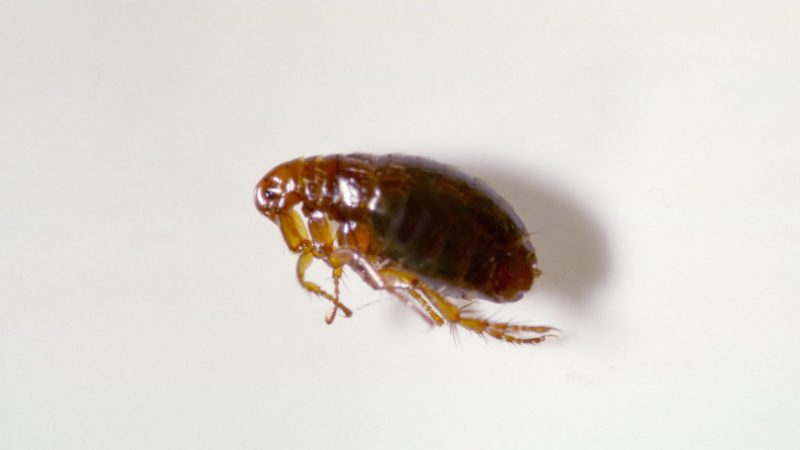
Fleas are blood-sucking creatures that belong to the order Siphonaptera, class Insecta, phylum Arthropoda. They survive by feeding on the blood of their hosts, which are usually animals such as cats, dogs, opossums, leopards, foxes, civets, and other mammals.
As to their appearance, these insects can be very tiny as they only measure 1/12 to 1/8 inches in length. The color of their bodies may range from brick red to brown and are typically enveloped by hard plates.
Their bodies are sufficiently compressed and covered with sclerites, a hard plate filled with hairs and spines that enable them to glide and move easily.
They are flightless due to the lack of wings, but they can firmly attach to their victim’s bodies with their strenuous set of claws. Since they feed on blood, they have extensive proboscis used to puncture and break the skin.
In general, they have robust bodies because of their ability to resist pressure from extreme movements such as scratching or itching.
Do Fleas Lay Eggs?
Fleas do lay eggs. Each adult female flea can lay fourteen eggs after a single feeding episode, with a total of 800 eggs during her lifetime.
Where Do Fleas Lay Eggs?
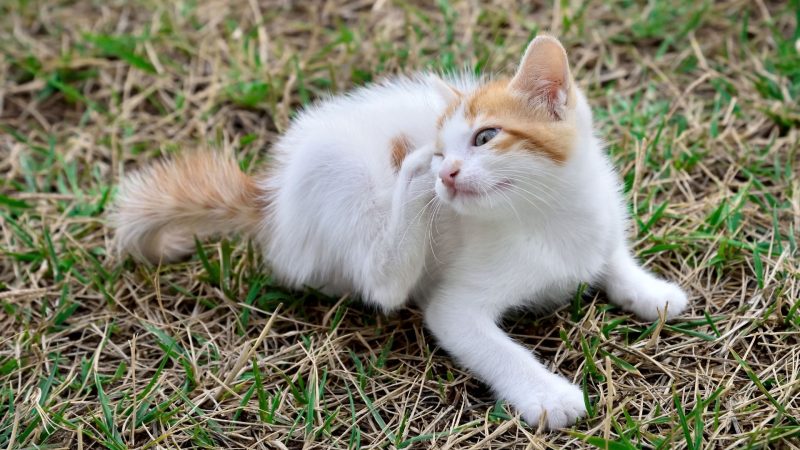
Since fleas live on their hosts, their eggs are also laid on the latter’s skin or hairs. However, due to the constant movement of these hosts which are most of the time animals, the eggs may fall off from their bodies. This is the reason why these eggs can also be found in areas where your pets live and sleep.
Can Fleas Lay Eggs in Human Hair?
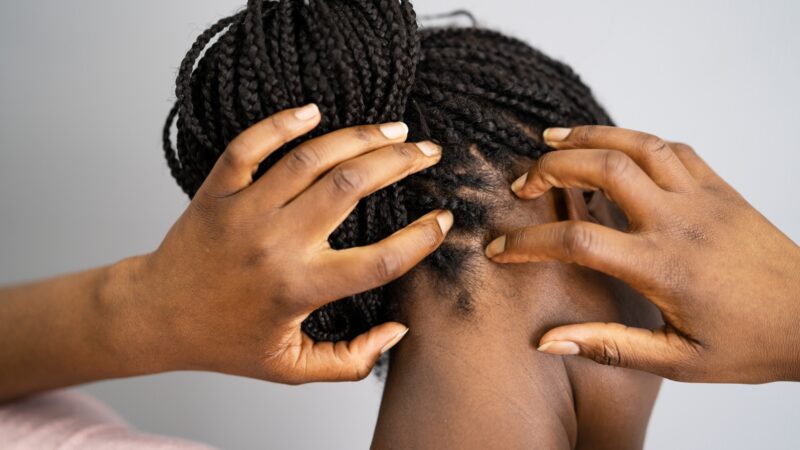
There is a possibility for fleas to lay eggs on human hair, but this rarely happens. Their favorite hosts are pets like cats and dogs.
Can You See Flea Eggs?
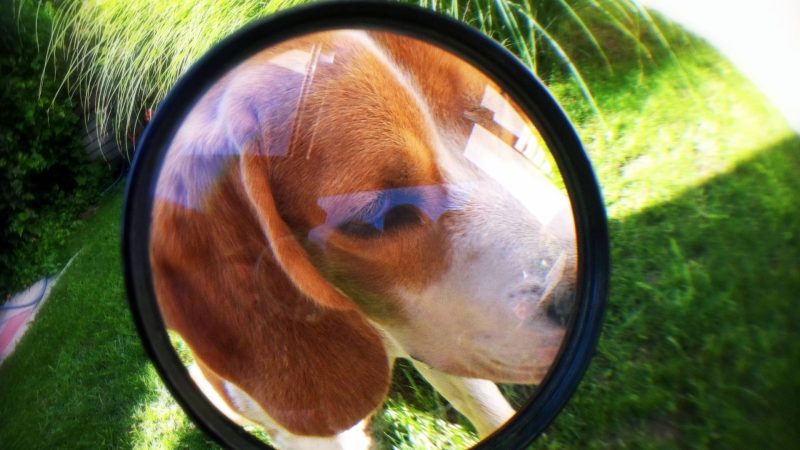
Due to its minuscule size, it may be difficult to see flea eggs. Its white and oval structures are only 1/50 inches in length, so it may be hard to count them one by one manually. However, they may be observed clearly with the use of a microscope or a magnifying glass.
What Do Flea Eggs Look Like?
Flea eggs are very small in size as their length is only 1/50 inch. They are oval in shape and usually range from translucent white to off-white. In general, flea eggs look like small grains of rice.
What Do Flea Eggs Look Like on a Dog?
Flea eggs are hardly observed on dogs due to their miniature sizes. However, when they are seen through the naked eye, they may resemble grains of rice. They have an elliptical shape with a whitish color.
What Do Flea Eggs Look Like on Cats?
Cats are among one of the favorite hosts of fleas. If these pests lay eggs on these animals, it will not be readily noticeable. There will be a need to zoom your eyes more or use devices such as microscopes and magnifying glasses if you want to see their white, oval, and rice grain-like structures.
What Do Flea Eggs Look Like on Furniture?
When a pet infested with fleas enters your house’s indoor spaces, the flea eggs may fall off the carpets, bedding, and other places, including the furniture. Their sizes can be very tiny, so you may be forced to exert a lot of effort in looking for their white and elliptical bodies. Lucky for you if the furniture has a dark shade, as you will just search for small white structures that are hiding in it.
What Do Dead Flea Eggs Look Like?
There are no significant changes to the appearance of a flea egg once it dies. It will continue to have an elliptical shape and translucent to off-white color.
How Long Does It Take for Flea Eggs to Hatch?
After an adult female flea finishes its blood meal, it will lay at least fourteen eggs. Within two to fourteen days, these eggs will then hatch flea larvae that are approximately 1/16 inch long.
However, this may depend on the temperature of the environment where it is hatched. If the climate is cold, the hatching process will become slow and gradual. But if an egg is exposed to high temperatures, the flea larvae will be hatched quickly and abruptly.
How to Get Rid of Flea Eggs?
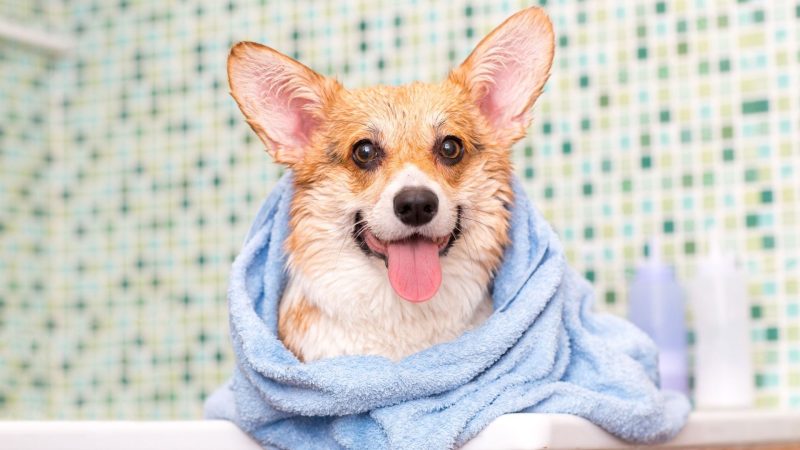
The following are the effective strategies for getting rid of flea eggs:
1. Treat the source of the flea infestation.
The first thing to do in getting rid of flea eggs is to treat the source or origin of the infestation. Since fleas love to suck blood and lay eggs on their hosts, you might want to treat your pet dog or cat with anti-flea shampoos and topical applications in order to exterminate the flea and flea eggs on their bodies.
2. Vacuum the floors, carpets, furniture, and other surfaces of your house.
Flea eggs may have already been distributed to the different areas of your house through the constant walking or scratching of your pets. They may have already hidden on carpets, rugs, bedding, mats, or furniture when they fall off from these animals. It is imperative to dispose of the vacuum bag properly as flea eggs may be left to hatch inside.
3. Wash all beddings, mats, and other infested fabrics around your house.
As your pets continue to move around your house, flea eggs may be dropped off in rugs, mats, bedding, and other areas where your animal companions go to rest or sleep. Thus, you will need to clean and wash these fabric materials with detergent soap to kill the flea eggs found in them.
4. Treat the surfaces of your house with anti-flea products.
Using anti-flea treatments and sprays can be very helpful in ensuring that flea eggs will no longer be hatched and that adult flea will no longer reproduce and lay eggs. These products usually contain powerful chemicals that can get rid of these pests instantly.
5. Use natural flea repellents.
If you prefer to utilize natural methods in deterring fleas, the use of essential oils can be the best choice. Spices and herbs like eucalyptus, citronella, peppermint, rosemary, and tea tree are very effective in repelling fleas without having to deal with any toxic or harmful chemicals.
Items in Getting Rid of Fleas, Flea Eggs, and Larvae
Does Dawn Kill Flea Eggs?
Dawn is a dishwashing soap that is famous for its effectiveness in removing grease and oil from utensils. However, it can also be used in washing out flea eggs from your pet animals.
Take note that this solution is only applicable for pets that do not have allergies or pre-existing skin conditions as its detergent content can cause irritation on their bodies. It can be used for both young pets and adult animals.
Does Nexgard Kill Flea Eggs?
Nexgard works by killing adult and mature fleas, thereby preventing the growth and progression of flea eggs. It is an ideal treatment for dogs, usually given three times with a one-month interval for each dose.
Does Capstar Kill Flea Eggs?
Capstar is not effective in exterminating flea eggs but it is a potent killer of adult fleas. It contains Nitenpyram, a substance that is adept in controlling and preventing flea infestations, including fly larvae and maggots.
It is taken orally by your pet at least once a day but may vary according to the degree of flea infestation and growth. Once ingested, it will start to present results within the first thirty minutes but will continue to extend in the next twenty-four to forty-eight hours.
- Fast-Acting Flea Treatment: CAPSTAR (nitenpyram) oral flea...
- Tackle Flea Infestations Fast: With one dose of CAPSTAR flea...
- Treat Reinfestations Fast: If your pet gets reinfested with...
- No Prescription Needed: Fast, effective flea treatment at home...
- Intended Use: CAPSTAR Oral flea tablets for dogs (57 mg) is safe...
Does Bravecto Kill Flea Eggs?
The Bravecto products do not directly kill flea eggs, but it prevents adult female fleas from laying their eggs. It is effective in disrupting the flea cycle due to its ability to exterminate newly-emerged flea insects.
It can stop infestation for at least three months and can be applied to dogs as early as eight weeks old, provided that they weigh at least two kilograms. Even better alternative would be Capstar
Does Bleach Kill Fleas and Flea Eggs?
Bleach can kill both fleas and flea eggs. To use this ingredient, mix bleach and water in equal parts and apply it to floor tiles, surfaces of your pet habitat, and other areas where your house animals usually stay.
For beddings, rags, and other fabrics, you may use ordinary bleach or color-safe bleach instead of the usual laundry detergent when washing it.
Does Revolution Kill Flea Eggs and Larvae?
Revolution works by killing adult fleas through its Selamectin content while preventing flea eggs from hatching for at least a month. It is a topical parasiticide that is suitable for dogs aged six weeks and older and cats age eight weeks and older.
It can also help in treating heartworm and ear mite infestation. Alternatively, ProSense proved to be an effective solution with the same effect and more affordable pricing.
Does Vinegar Kill Fleas and Their Eggs?
Both white vinegar and apple cider vinegar can be utilized in killing adult fleas. It is used as a cleaning agent or sprays on surfaces where flea infestation is common. As for flea eggs, apple cider vinegar is not that effective due to the difficulty in penetrating through its shells.
Does Salt Kill Fleas and Their Eggs?
Salt performs its magic when it dries out and removes the moisture from a flea’s environment, thereby causing death to adult fleas and flea larvae. It is an effective dehydrating agent that must be applied periodically on areas and surfaces where fleas spread. It does not directly affect flea eggs, but it thwarts the maturity of adult female fleas.
Does Fipronil Kill Flea Eggs?
Fipronil is a widely used ingredient in insecticides due to its strong killing ability against fleas, ticks, and mites. It begins to exterminate insect pests after a span of at least four to eight hours. On the other hand, it is effective against flea eggs when its administration is combined with Methoprene.
Does Frontline Plus Kill Flea Eggs and Larvae?
Frontline Plus is one of the best options in exterminating both flea eggs and larvae for large dogs. But this product also has options for small to extra large dogs built.
It can superbly control the growth of fleas and ticks by disrupting and breaking the life cycles of these insects. You don’t have to worry if your pet gets wet as this product is made from a waterproof formula. Also, it can give flea protection to your pets for full thirty days. Additionally, Frontline Plus also offers treatment products for cats.
- Keep your dog protected from fleas & ticks all month long with...
- Break the flea life cycle with FRONTLINE Plus, specially...
- Trusted by pet owners for over 20 years, FRONTLINE Plus for Dogs...
- FRONTLINE Plus also comes in a formula designed for cats and...
- Treat all dogs or cats in your household monthly to effectively...
Does Hot Shot No Mess Fogger Kill Flea Eggs?
Hot Shot No Mess Fogger employs fogging technology in getting rid of fleas. It utilizes active ingredients like Tetramethrin, Cypermethrin, and Piperonyl Butoxide that can continuously exterminate fleas for up to six weeks.
Its killing effect can penetrate the deep areas of the house that are usually not reached with vacuum cleaning and other flea-deterring techniques.
- KILLS ON CONTACT: Hot Shot No-Mess! Fogger With Odor Neutralizer...
- KILLS HIDDEN BUGS: Creates a fine, penetrating mist that reaches...
- NO NEED TO TURN OFF PILOT LIGHTS: Deeper-reaching, dry fog...
- WHERE TO USE: Use in enclosed spaces such as apartments, attics,...
- NON-STAINING: This non-staining, odorless formula won't leave a...
Does a Flea Comb Remove Eggs?
The use of flea combs is a non-invasive method of removing flea eggs without utilizing hazardous chemicals and toxic substances. The teeth of these combs have very tiny gaps in between, which make them ideal for removing fleas, flea eggs, and dirt. In combing your pets, make sure to do it outside your home or away from furniture, carpets, and other areas where flea eggs may survive and grow.
What Chemical Kills Fleas and Their Eggs?
The following are the chemicals that can exterminate fleas and flea eggs:
- Permethrin
- Imidacloprid
- Dinotefuran
- Fipronil
- Tetramethrin
- Piperonyl Butoxide
- Pyrethrin
- S-methoprene
- Nitenpyram
- Selamectin
Related: How To Kill Fleas? Best Flea Killers
List of Sources
Potter, M. (2018). Flea Control and Prevention. University of Kentucky.
Controlling Fleas. Texas A&M AgriLife Extension.
Controlling Fleas and Ticks Around Your Home. United States Environmental Protection Agency.
- How to Get Rid of Copperheads | Practical Guide - August 27, 2023
- How to Get Rid of Corn Snakes | What Makes Them Aggressive? - August 27, 2023
- How to Get Rid of Alligators | Safety Measures and Removal Methods - July 16, 2023



